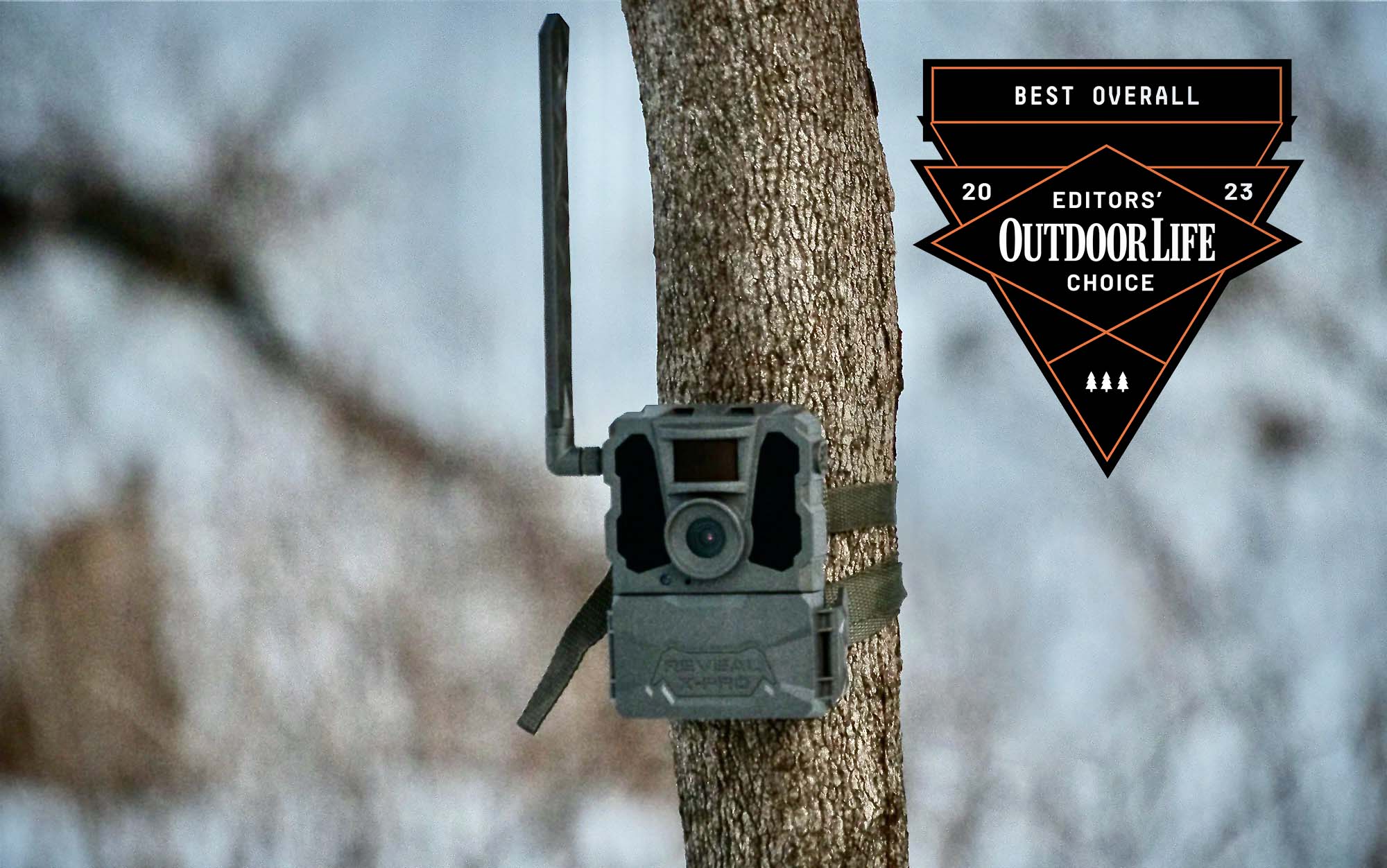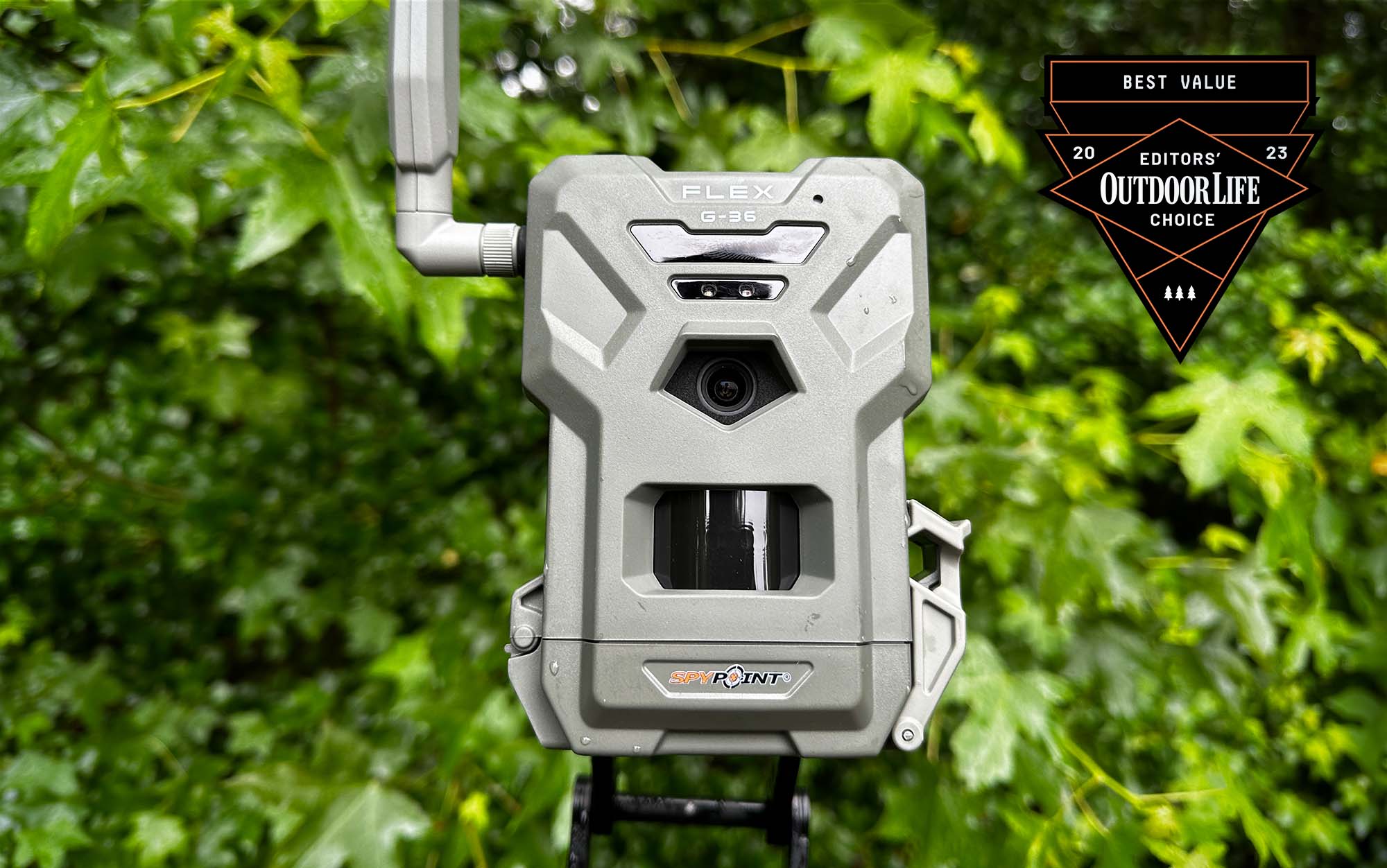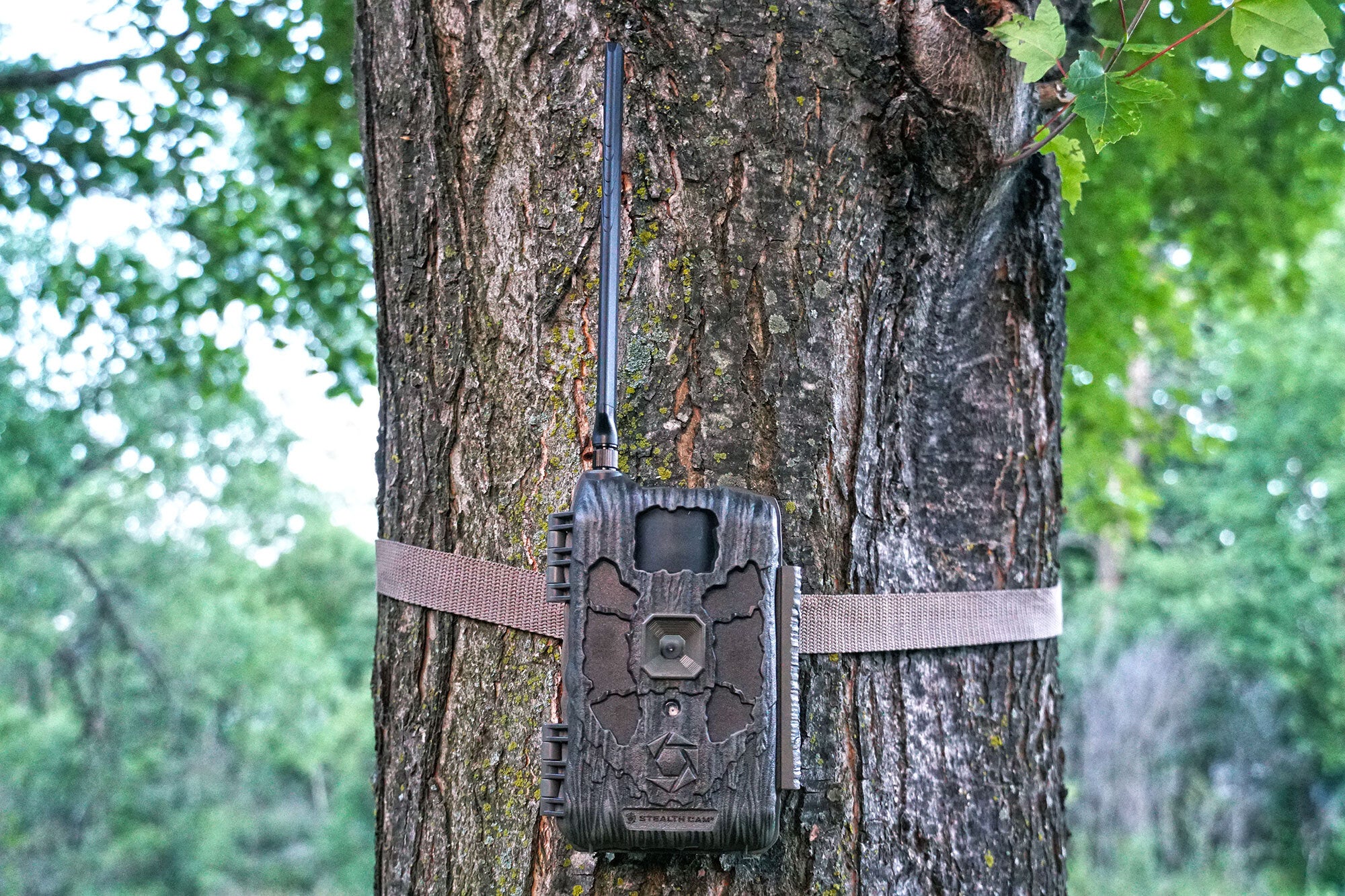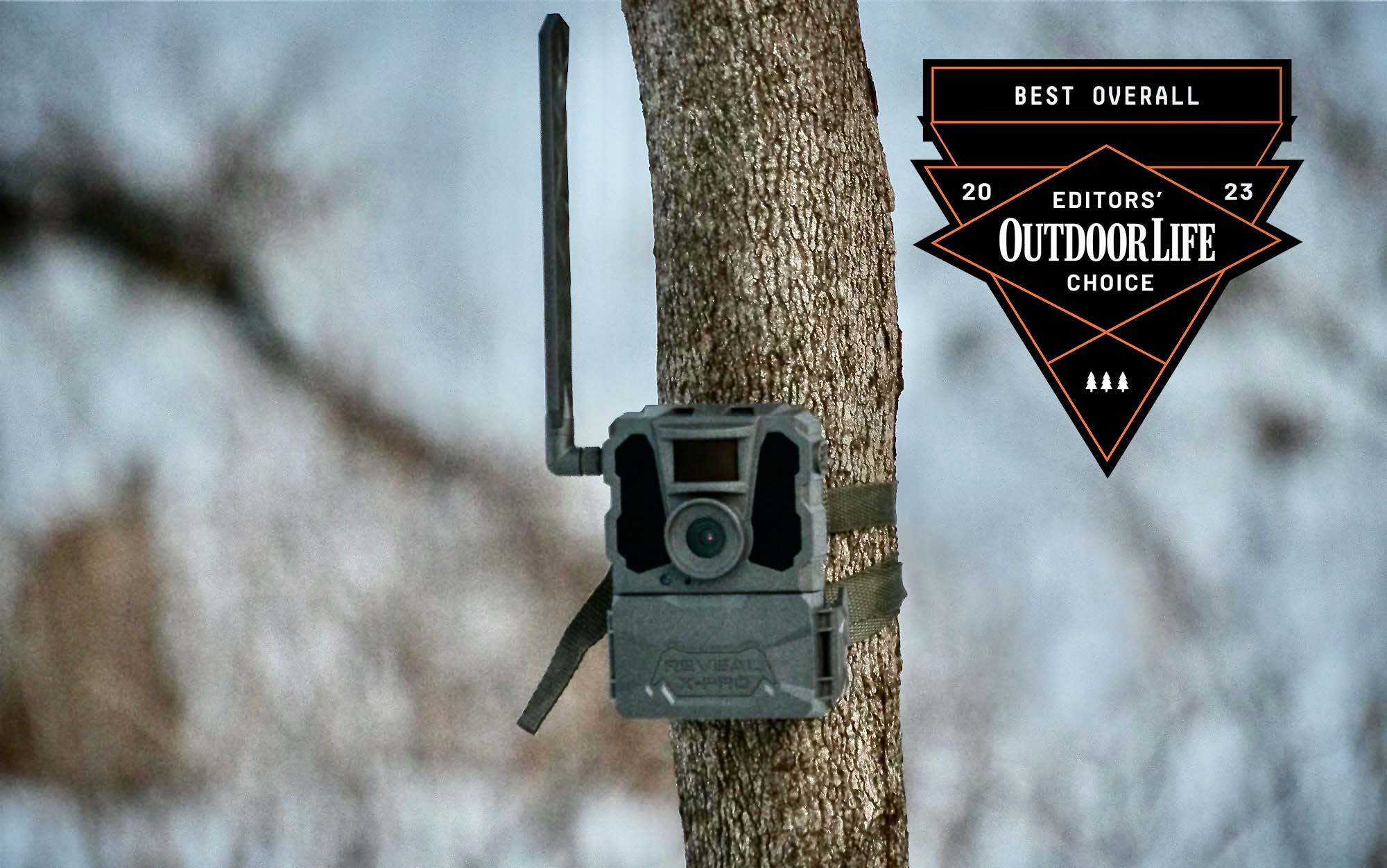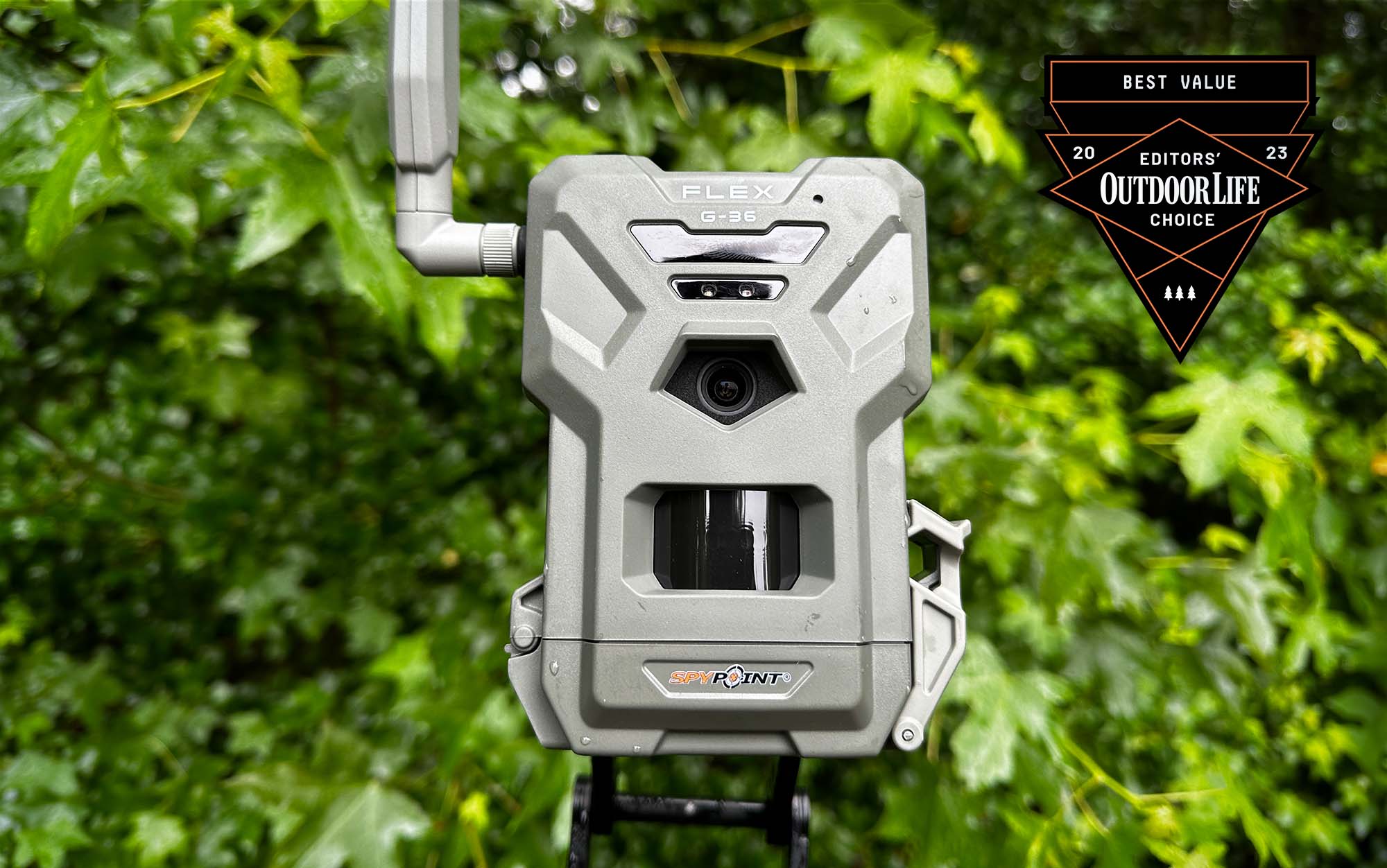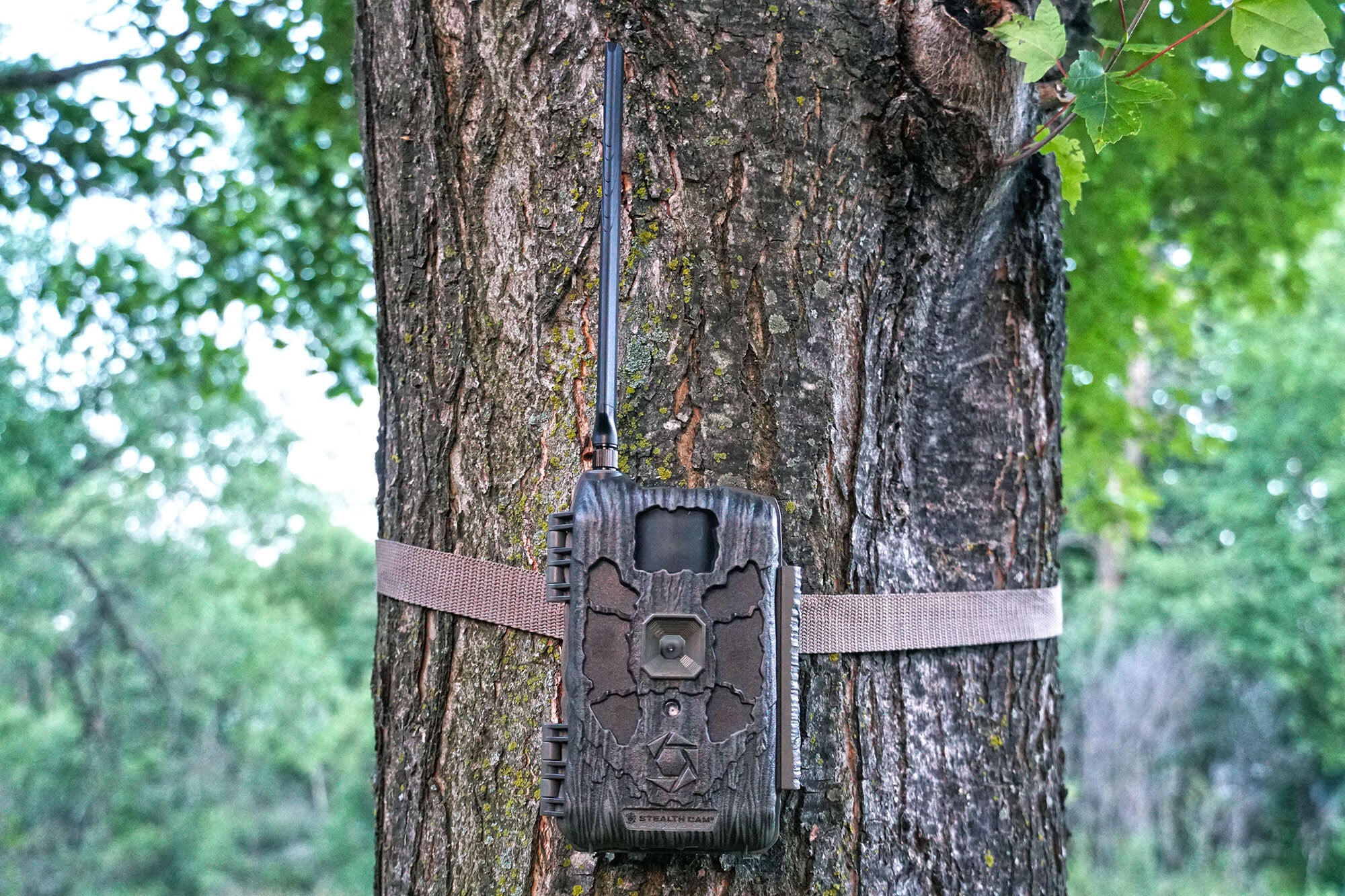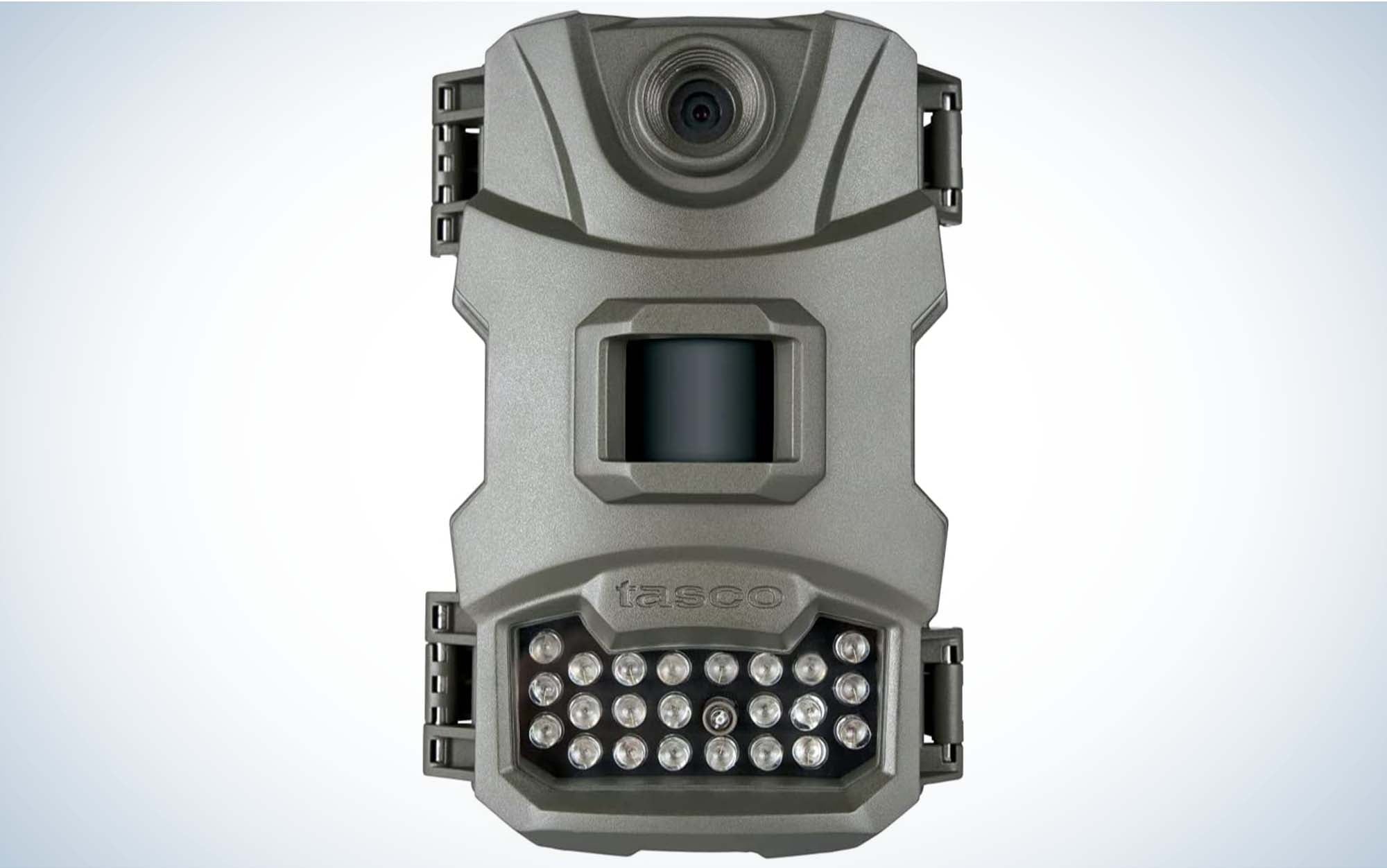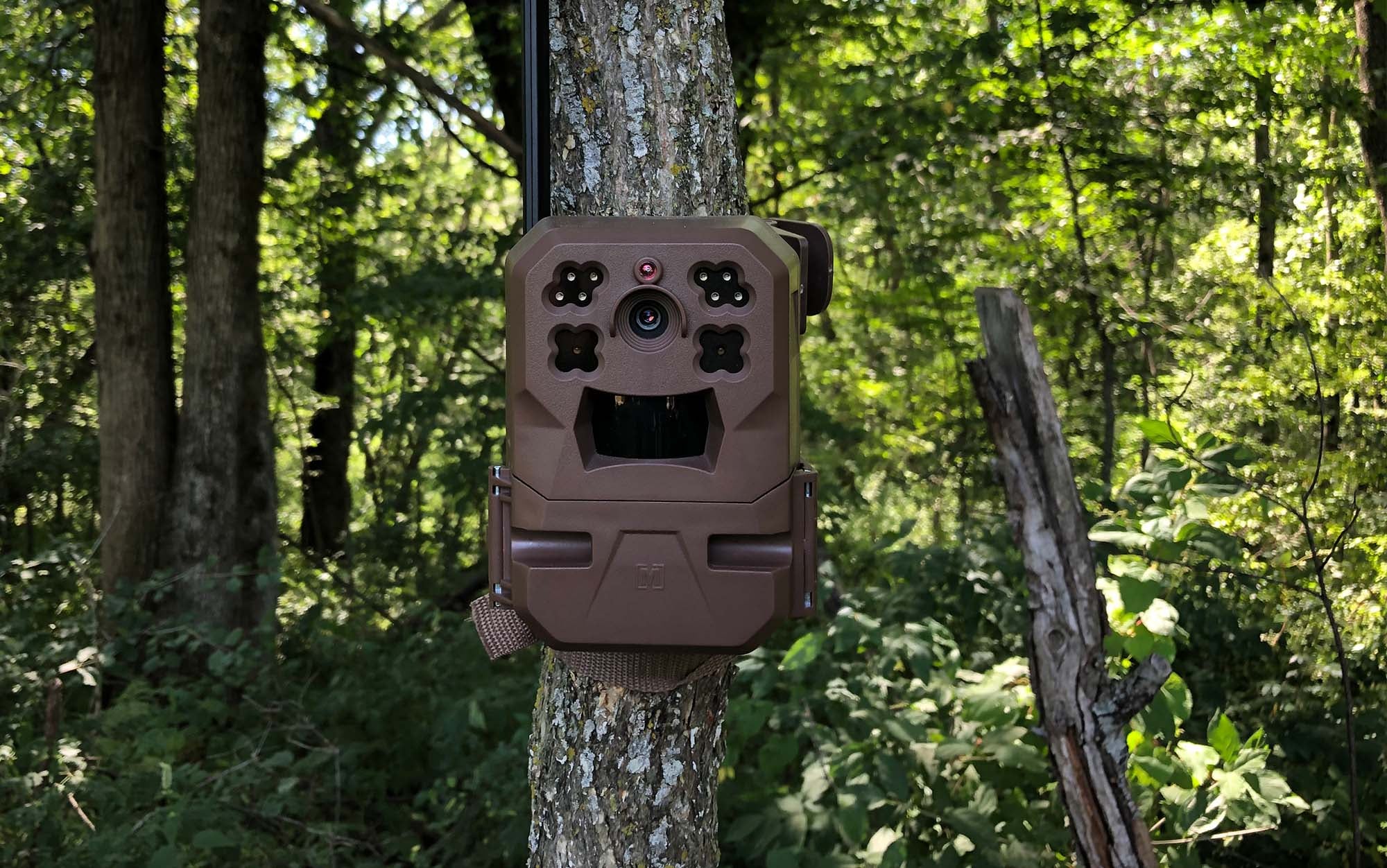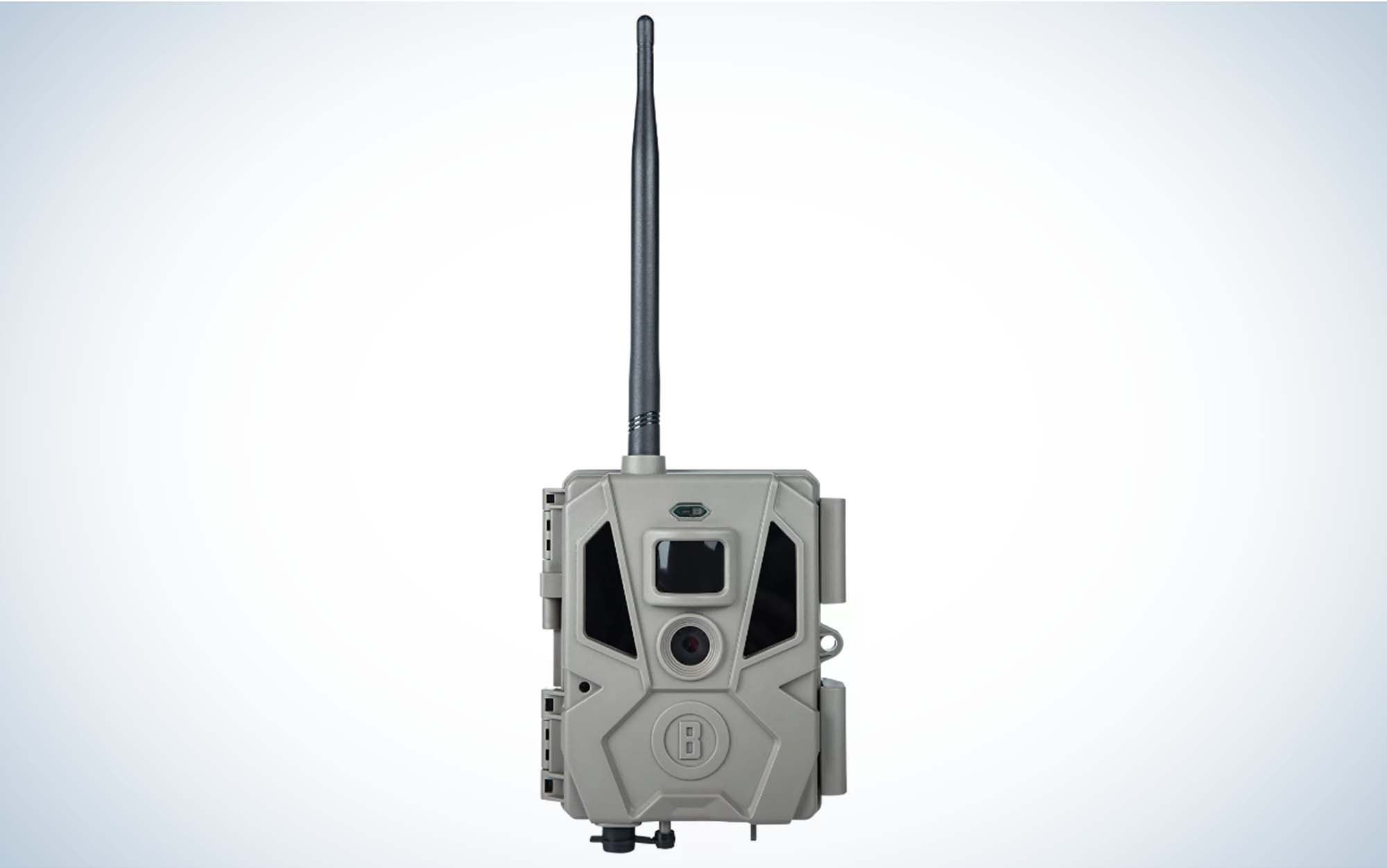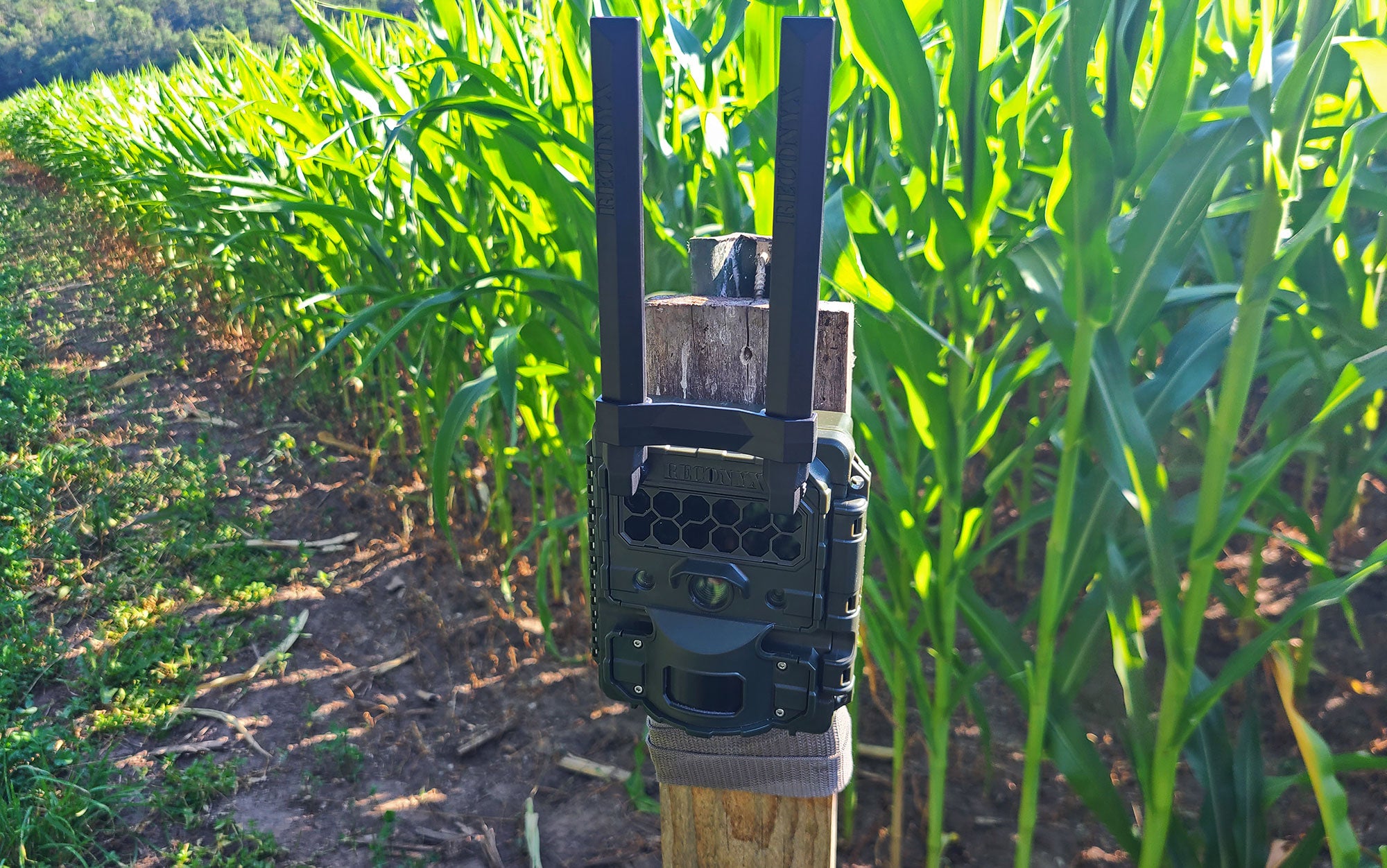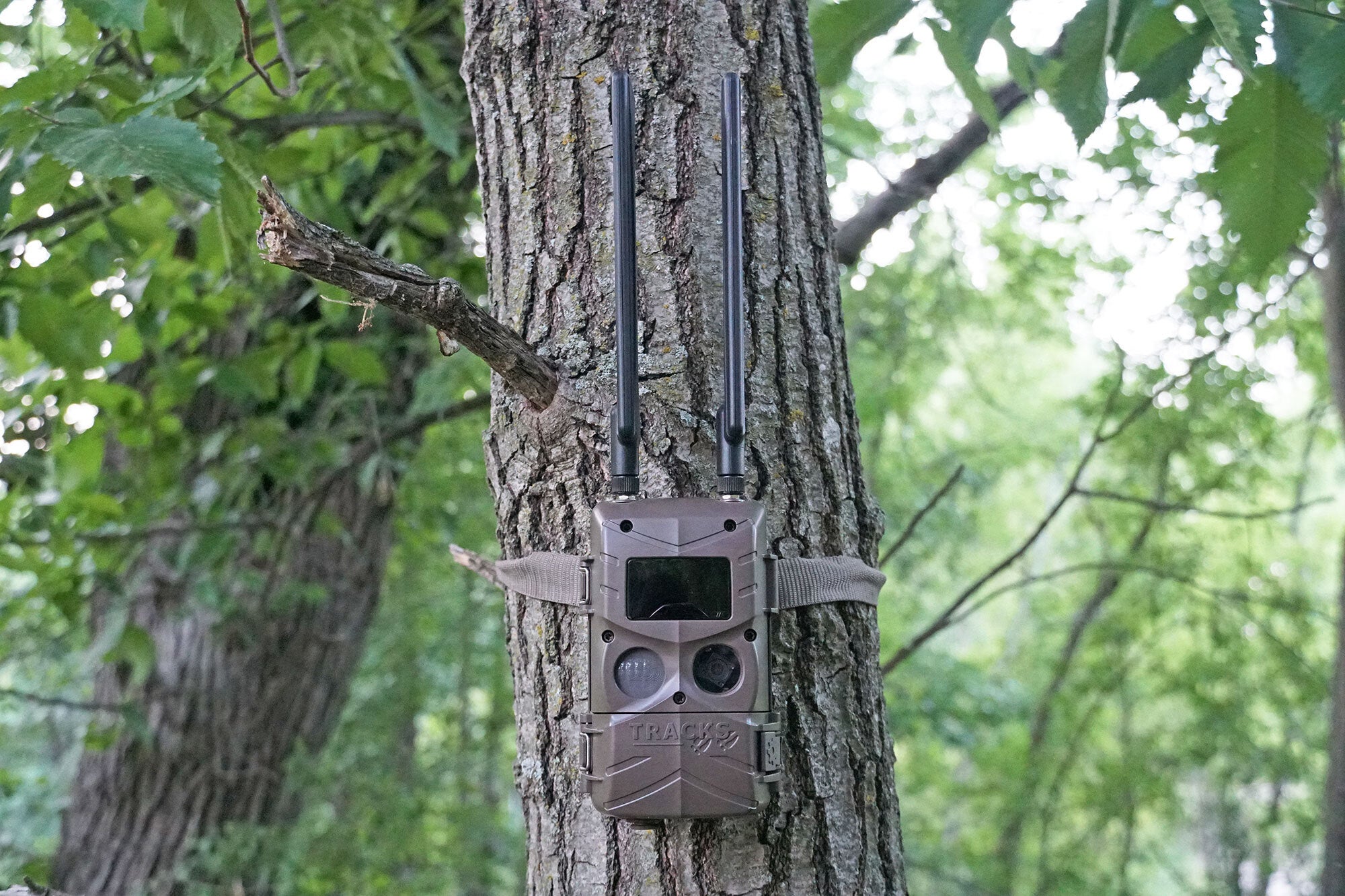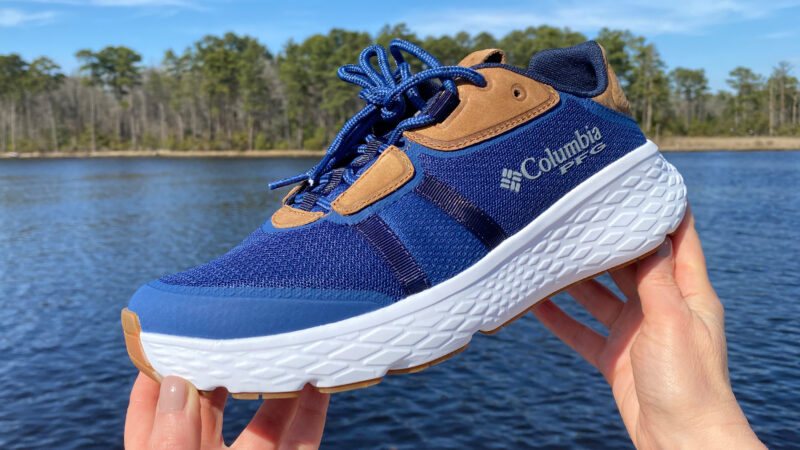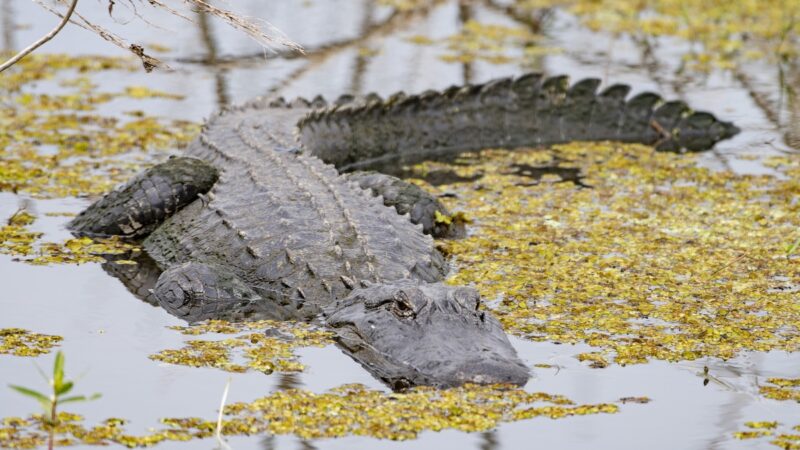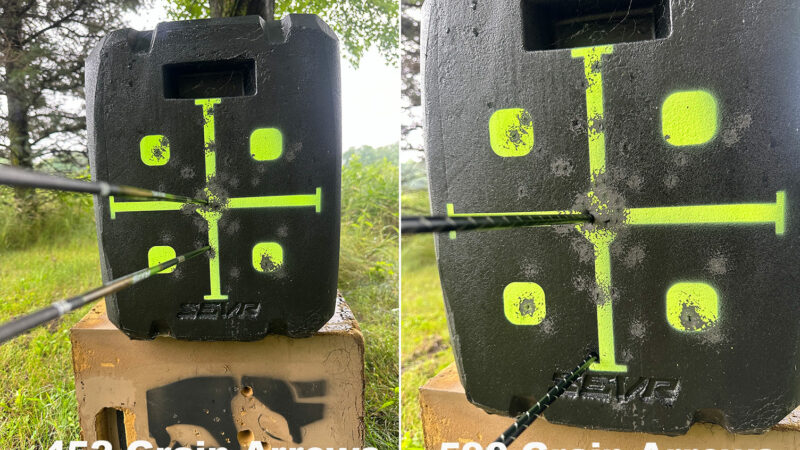The Best Trail Cameras of 2023, Tested and Reviewed
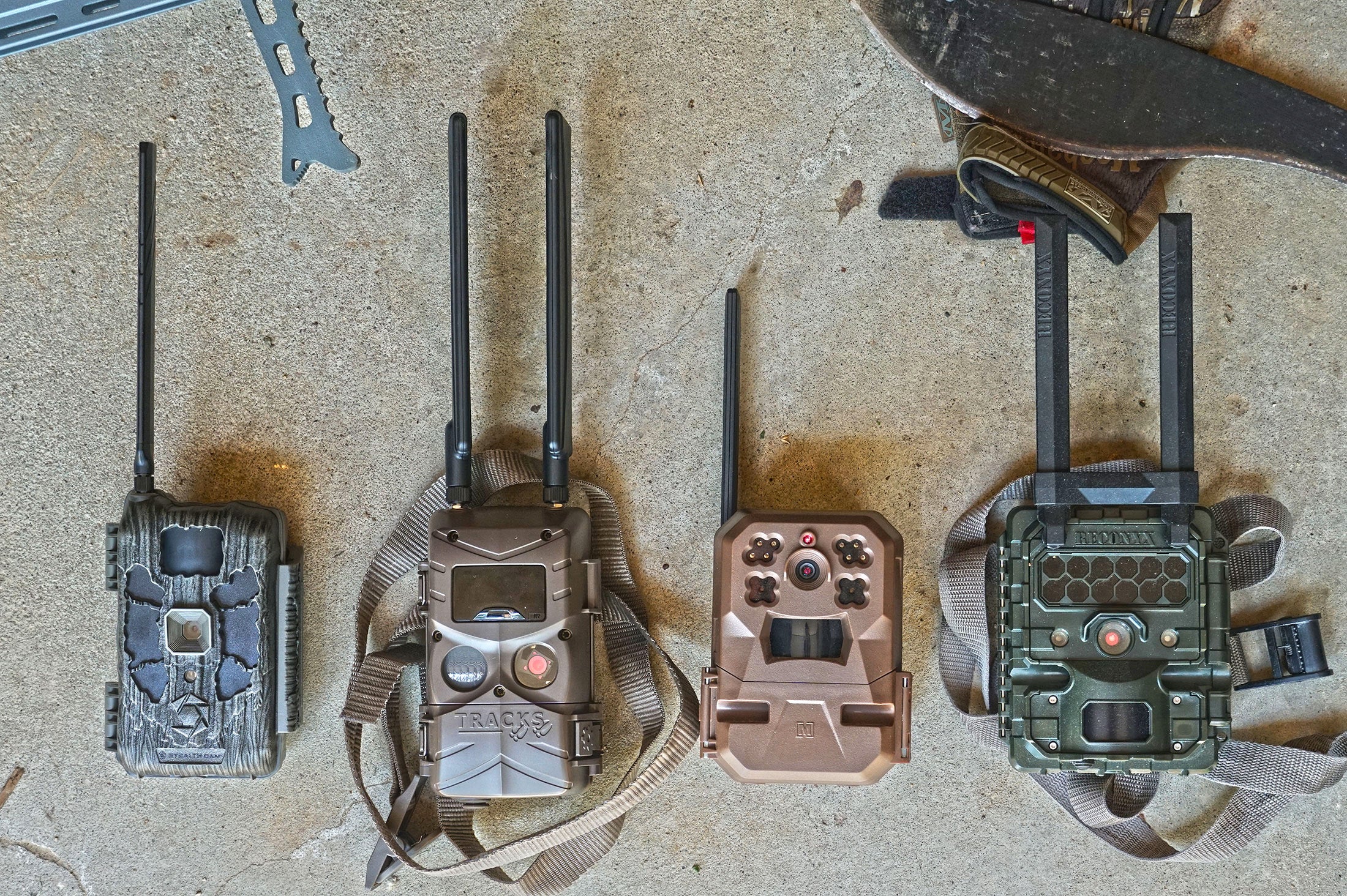
We may earn revenue from the products available on this page and participate in affiliate programs. Learn More ›
A lot of hunting gear has reached a performance plateau, but not trail cameras. The new models released late last year and this year are much better than the previous gen, and expect more advanced cameras being released next year. So, if you’re in the market for a new camera you’ll be treated to more features, better photos, and more value for your dollar than ever before.
For hunters looking for quality cameras that won’t break their budget, there are now several excellent cell cam options in the $100 to $150 range. This is on par with what a decent standard camera costs (but you, of course, also have to pay for the cell plan).
We’ve tested the best trail cameras that are available right now, and whittled them down to the top options that range in price from $40 to $600. Here are our top picks for models that you can buy at the moment:
- Best Overall: Tactacam Reveal X-Pro
- Best Budget Cell Cam: SpyPoint Flex G-36
- Best Night Performance: Stealth Cam Deceptor No-Glo
- Best Under $50: Tasco 12mp Tan Low-Glow
- Best App: Moultrie Mobile Edge
- Bushnell Cellucore 20
- Reconyx Hyperfire 2 Cellular
- Cuddeback Tracks
How We Tested the Best Trail Cameras
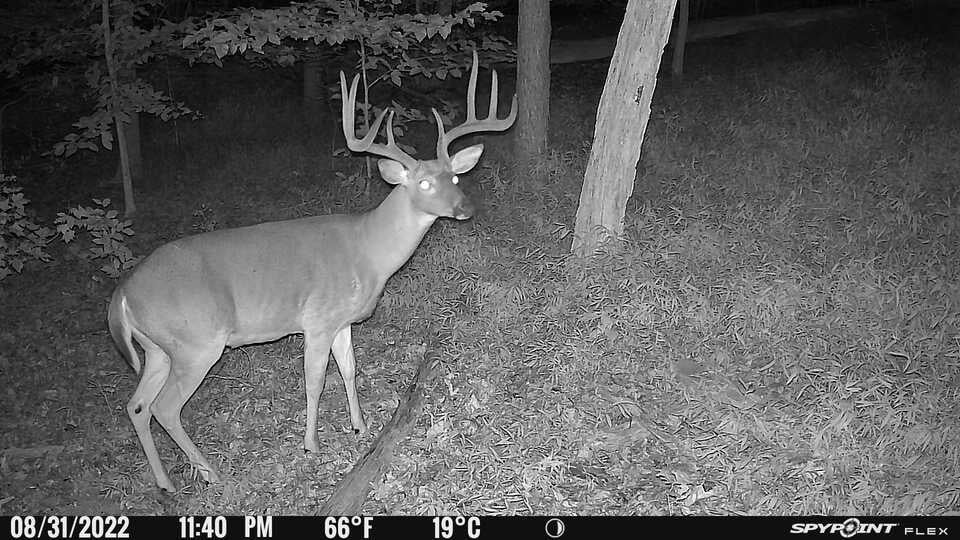
Each camera in this review was tested while selecting the best cellular trail cameras and best budget trail cameras, and represents the top performers from those tests. We put each camera through a consistent test protocol to determine trigger speed, detection range, image quality, and reliability. Here’s how we did it.
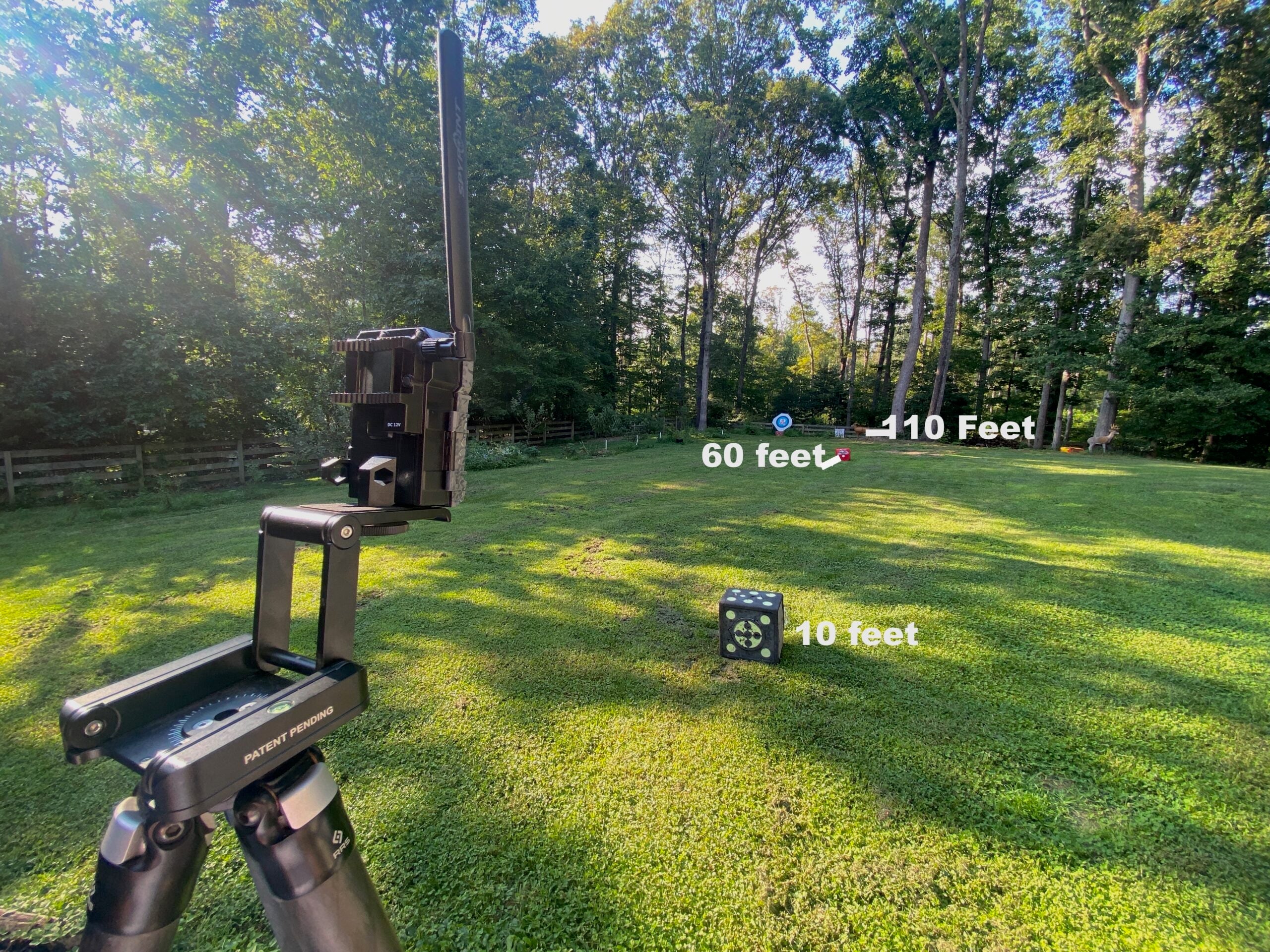
Each cellular trail camera was set to its fastest shooting mode and highest sensitivity. Markers were placed at 10 feet, 60 feet, and 110 feet. The tester walked past the camera (left to right and then right to left) at a medium pace at each given distance. The walkthrough test was then repeated at night. The test is meant to measure the camera’s detection range, trigger speed, shutter speed, and flash range. We looked for blank photos, failures to trigger, blurry images, and overall photo quality.
From there, we set each camera in the field to see how it performed in real-world conditions. In the field, we evaluated the camera’s photo quality, reliability, and ease of setup. This included the ability to use each camera’s app to review and sort photos. Some of these cameras were field tested for an entire hunting season. Others are so new that they haven’t had adequate field time. We’re constantly testing the latest cameras and will update this review in August with the next crop of releases.
The Test Team and Locations
- Scott Einsmann, gear editor, Virginia
- Drew Palmer, contributor, Kansas
- Alex Robinson, editor-in-chief, Minnesota and Wisconsin
- Erik Barber, contributor, Wisconsin
Best Trail Cameras: Reviews and Recommendations
Best Overall: Tactacam Reveal X Pro
Key Features
- 12 AA Batteries
- Less than 0.5 second trigger speed
- Advertised Flash Range: 80 feet
- Advertised Detection Range: 96 feet
- LTE/4G wireless module
- IP66 waterproof certified
- External port for solar panel
- Accepts Tactacam’s rechargeable lithium cartridge
- No Glow IR Technology
- Built-in LCD Screen and GPS
Pros
- No Glow IR
- Simple to set up
- Excellent photo quality
- Superior battery life with Tactacam’s solar panel and rechargeable lithium cartridge
Cons
- Cell data plans are expensive per camera
- Requires a class 10 U3 SD Card (16GB-32GB)
- Multi-shot sending requires an additional fee
The Reveal X-Pro is the most recent addition to Tactacam’s popular lineup of trail cameras. A new built-in LCD screen makes the X-Pro even easier to set up when compared to the rest of the lineup. Just turn the camera on, and use the LCD screen to frame your photos without the guesswork of snapping test shots. This makes it virtually impossible to miss your intended target within the camera’s field of view.
With optional accessories like an integrated solar panel and rechargeable lithium cartridge, the X-Pro provides the user with plenty of solutions to extend their camera’s battery life. Optional password protection, a built-in GPS, and the ability to run a single cable lock through the camera body and door make the X-Pro a great option for anyone concerned about trail cam thieves.
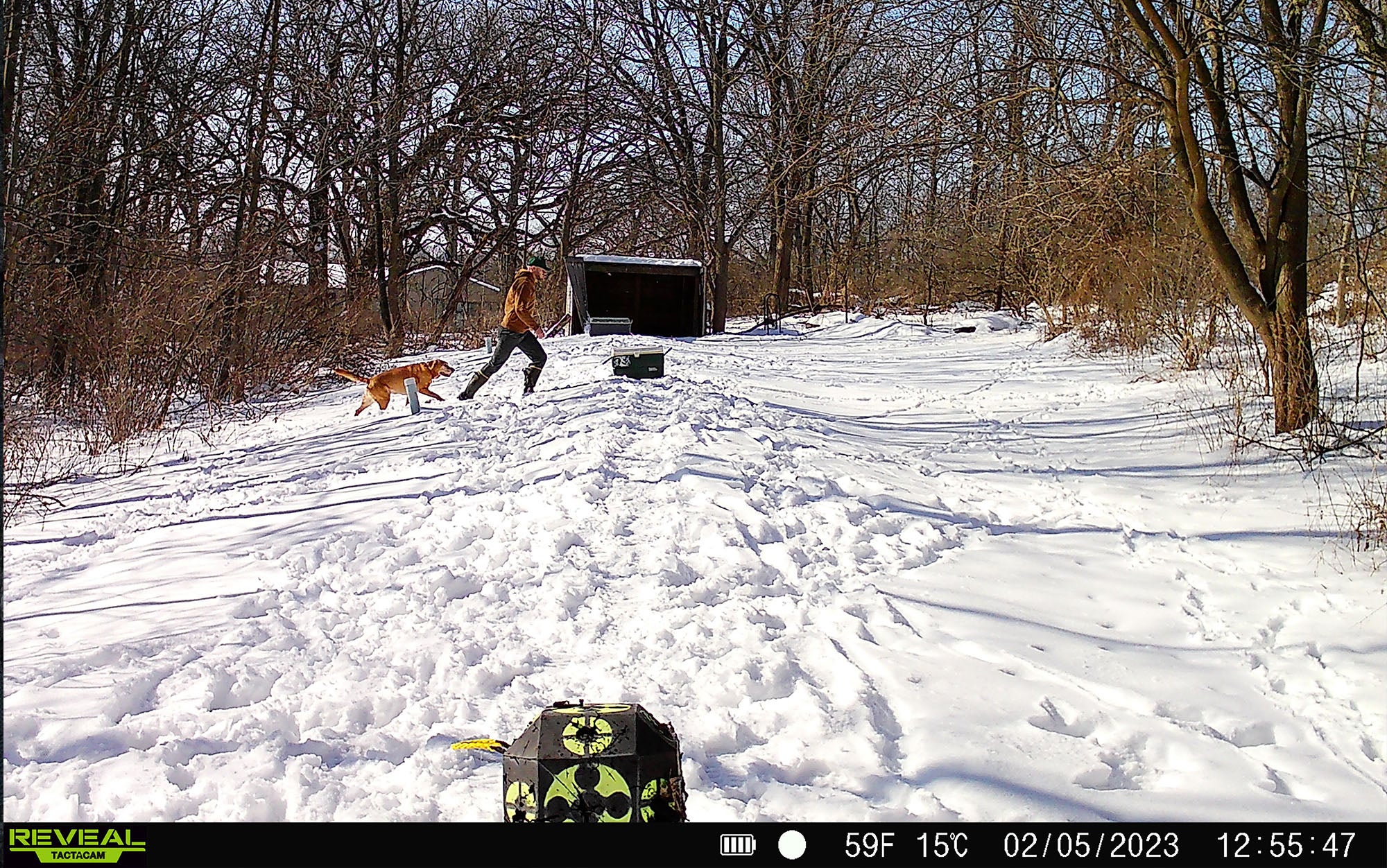
But what really won us over is that the X-Pro provides top-notch image quality that Tactacam’s lineup is known for. Most impressive, the X-Pro captured nighttime images at 110 feet during the test (30 feet farther than the 80-foot detection range advertised). All of the IR photos were crisp, and the camera’s shutter snaps with stop-motion speed to give superior detail at night. This is the difference between counting a buck’s tines and blurry, washed-out photos. Daytime photos were clear and vibrant. In addition, the camera settings can be adjusted so that HD videos with audio can be retrieved on-demand via the Tactacam Reveal app. We ran four Tactacam Reveal X Pros throughout last fall and winter and they worked without fail. —E.B.
Read our full Reveal X-Pro review to learn more.
Best Value: SpyPoint Flex G-36
Scott Einsmann
Key Features
- 8 AA batteries
- 0.3 second trigger speed
- Advertised Detection Range: 100 feet
- Uses micro SD cards from 2 to 512 GB
- Two-year warranty
Pros
- Fast trigger speed
- Good flash range
- Detected movement at 10, 60, and 110 feet
Cons
- About 1 minute delay between bursts—even on instant setting
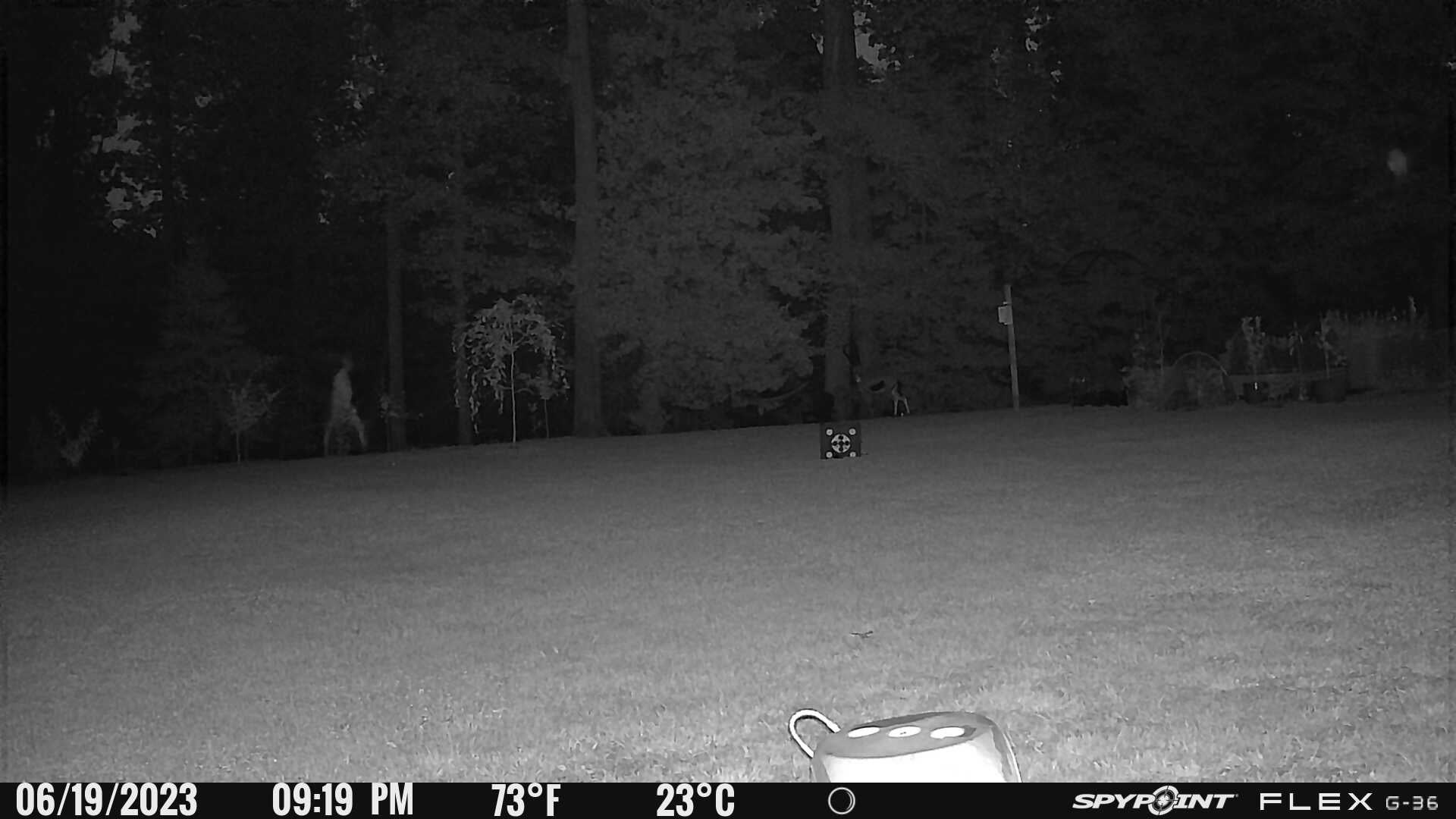
The Flex G-36 improves megapixels and performance over last year’s Flex without a price hike. It costs $100, which is $50 less than the similarly photo specced Tactacam Reveal X-Pro.
SpyPoint didn’t just give the new Flex G-36 a glossy veneer of three additional megapixels. It gave the trail cam a serious upgrade under the hood. Last year, the Flex only triggered at 10 and 60 feet. The Flex G-36 triggered at 10, 60, and 110 feet—day and night. It shot three photos of me in frame at each distance too.
The photos are crisp with no motion blur, and while the daytime photos are excellent, the night photos are the most impressive. The IR flash is even and reaches far into the night to produce high-detail photos after sunset.
The SpyPoint app is intuitive and easy to use. If you have hundreds of photos you can easily sift through them using the “buck” filter. I’ve used it on my other SpyPoint cameras and it’s not 100 percent accurate, but it’s a quick way to find peak deer activity times frames.
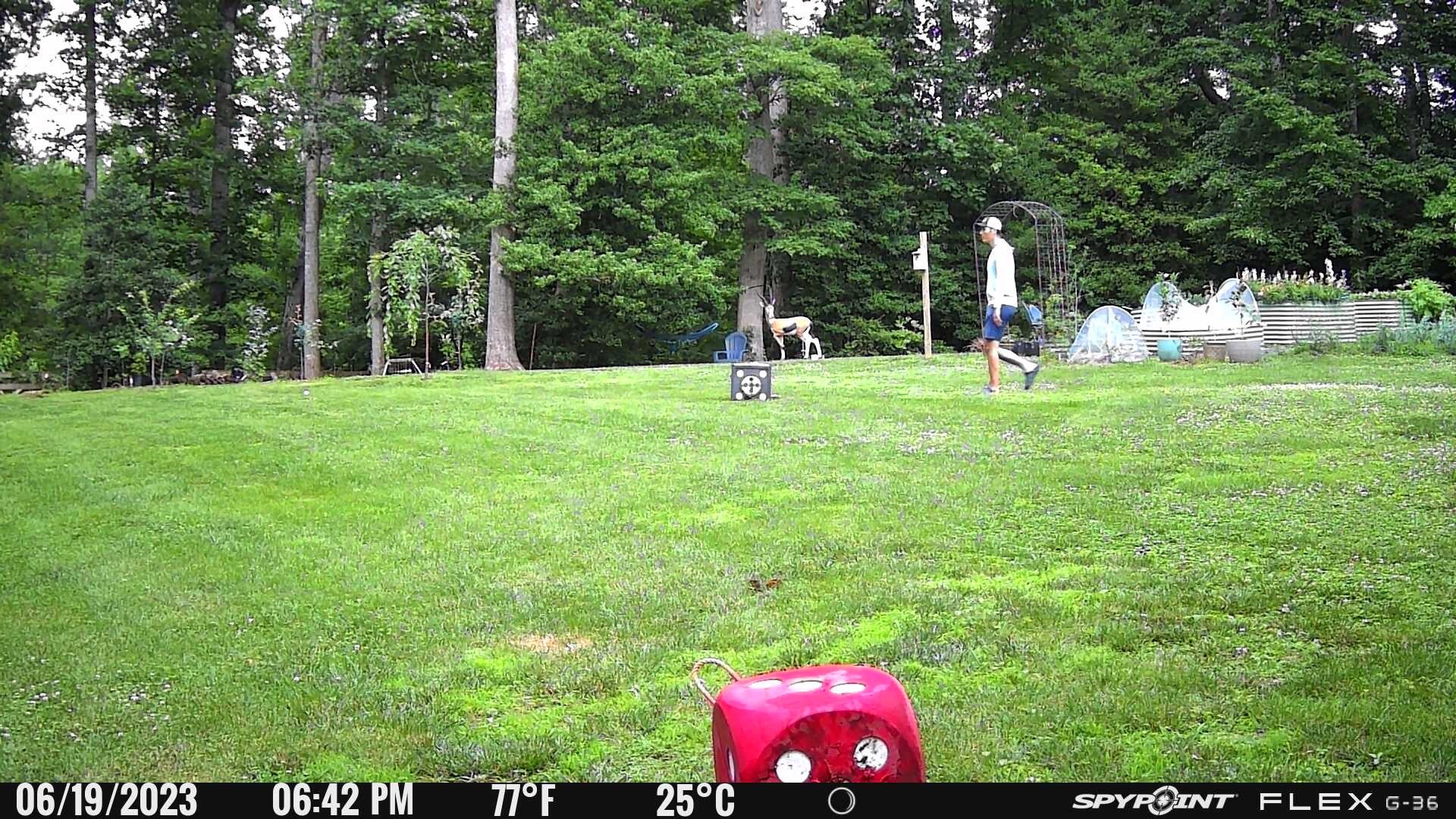
My one knock on the best trail camera for the money is that it takes about a minute to reset between bursts of photos even though I had it set to no delay. In the walkthrough test, I walked from left to right and then right to left. The camera wasn’t capturing my second trip unless I waited about a minute between triggerings. That slight delay could cost you a photo of the second deer down the trail, which so often is the mature buck following a doe. But still, for $100 you can’t go wrong with the Flex G-36. —S.E.
Best Night Performance: Stealth Cam Deceptor
Alex Robinson
Key Features
- 8 AA batteries
- 40 megapixel images
- 1440p HD video
- .3 second trigger speed, 2 second recovery time
- Advertised detection range: 80 feet
Pros
- Took excellent “low-glo” night photos
- Captured night images at 110 feet
- Great value
Cons
- App and customer service reviews are all over the place
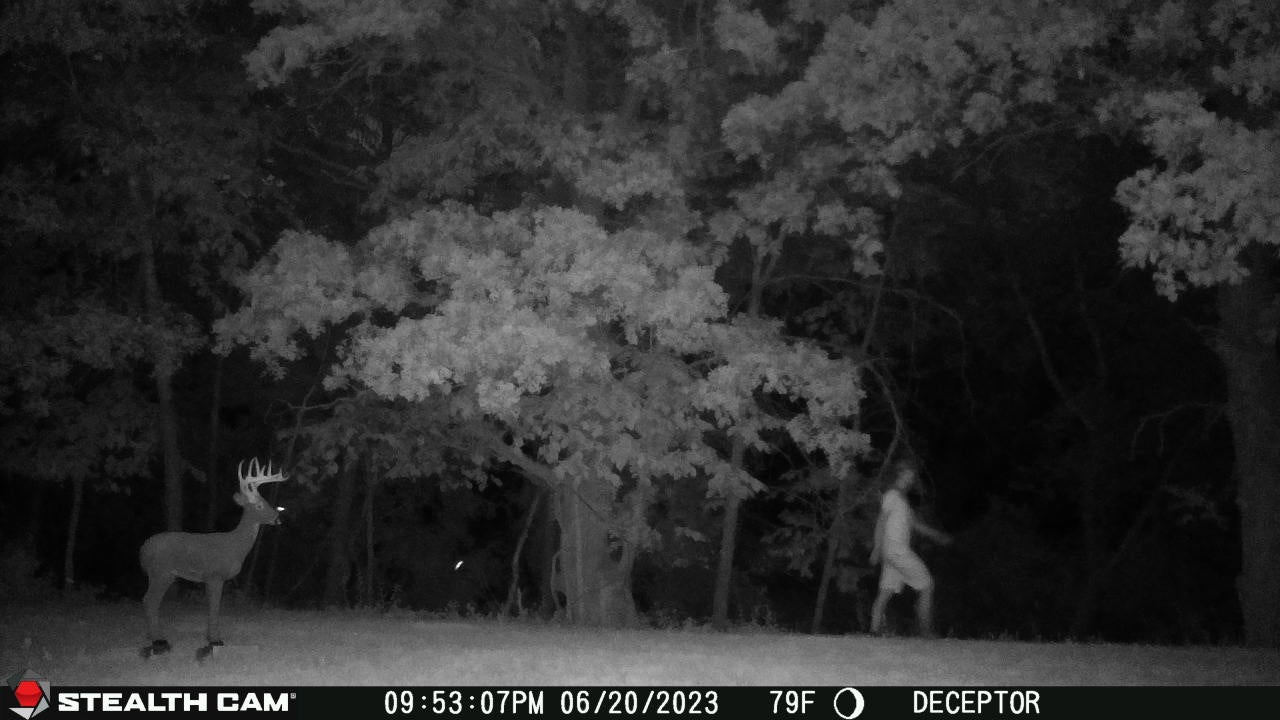
We all know that big bucks move most frequently at twilight and nighttime. Unfortunately, a lot of cameras on the market, especially the “no-glo” versions, produce crappy nighttime images. Instead of a clear picture of a shooter buck you end up with a blurry, ghost-like critter in the frame. Is it your target buck or a just another basket-rack?
This was not the case for Stealth Cam’s new Deceptor no-glo camera. This cell camera produced solid nighttime images at 10, 60, and 110 feet. That’s impressive considering the Deceptor’s advertised detection range is only 80 feet. The only other cameras we tested that were able to capture images at 110 feet were the Tactacam and the SpyPoint. For a sense of nighttime image quality, look at the 3D deer target (15 yards from the camera) and you’ll see tines clearly. No problem counting points in that image.
The images are even more impressive when you consider that the Deceptor is a no-glo camera, which means there are black filters over its red LED lights. Typically, no-glo cameras have a limited nighttime range and slow shutter speeds to compensate for less light hitting the subject (a slow shutter speed creates a blurry moving image). But that wasn’t a problem for the Deceptor in my walkthrough test. Even when I was walking at 60 feet, at the edge of the woods, the camera was able to capture me clearly.
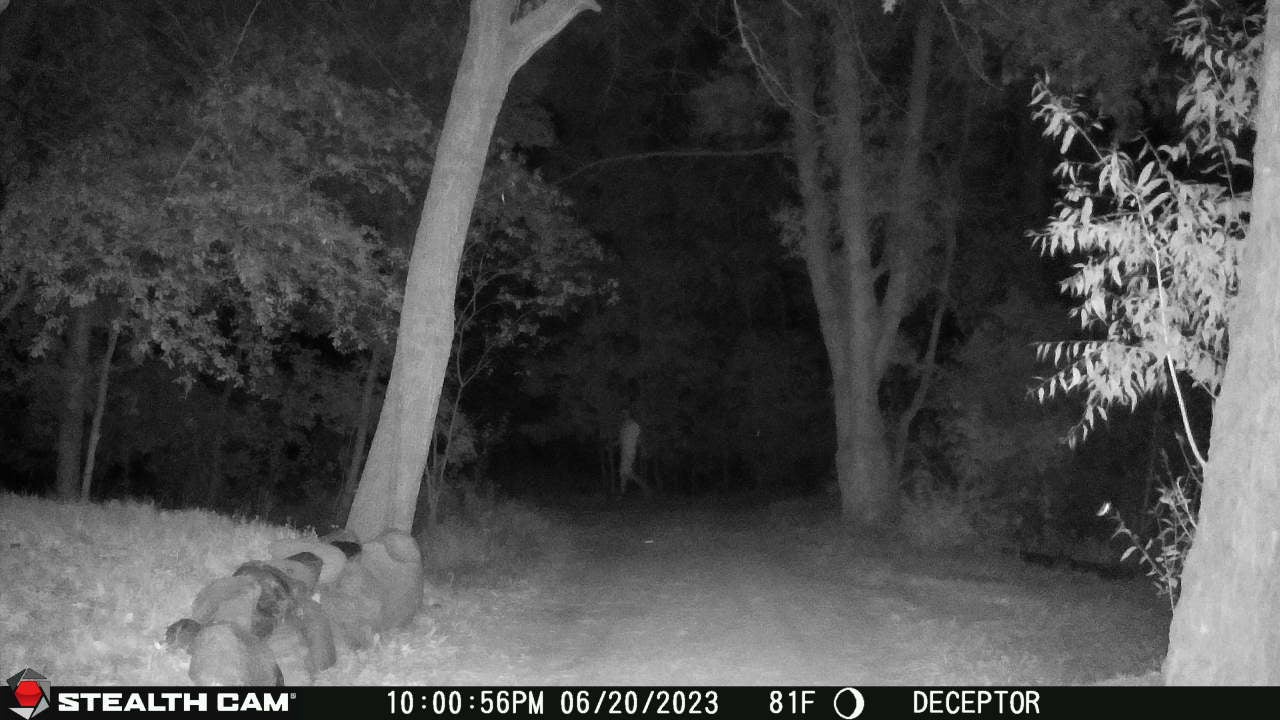
The pros of a no-glo camera is that they don’t create a bright red flash while taking images at night. Some hunters argue that deer aren’t spooked by the red LED flash, others swear that the blacked out no-glo is the only way to go. When I walked by the camera at close range at night, there was no detectable noise or light to signal that the camera had fired. For hunters targeting mature bucks that might be skittish around trail cameras, this is the best trail camera. The only downside to the Stealth Cam is that the reviews of their Stealth Command Pro app and customer service vary wildly. Many users report problems with cameras not connecting, or the app crashing (it has a 2.8 rating in the app store). While using last year’s model Stealth Cam I was unable to connect to the app and Stealth customer service was unable to fix my issue. Hopefully they’ve ironed out those issues so you’ll be able to easily access all the great images the Deceptor is going to capture. —A.R.
Best Under $50: Tasco 12mp Tan Low-Glow
Tasco
Key Features
- 8 AA batteries
- 12 megapixel images
- 720p video
- 1 second trigger speed, 5 second recovery time
- Flash range: 50 feet
Pros
- Easy setup with only two options for photo/video
- More than 15,000 images on one set of alkaline batteries
- Most retailers sell this camera for under $50
Cons
- Limited function settings
- Can be picky about card sizes/types
- Video lengths can be irregular
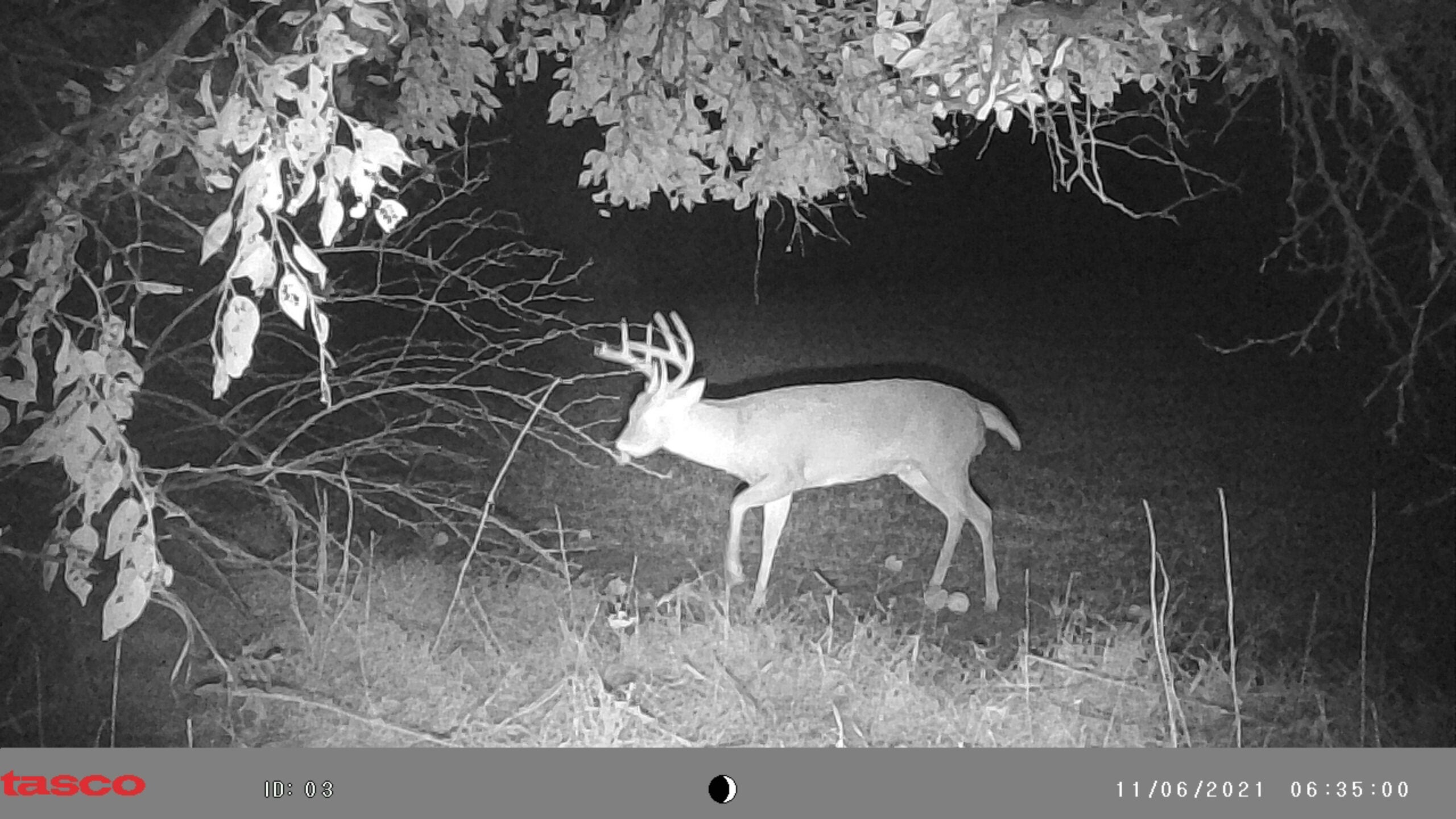
I rave to anyone that will listen about these amazing “cheapies.” I’ve had over 50 Tascos in the field over the past 12 months and haven’t had one issue. The simplicity of this camera makes it fast and easy to set up. It has a one or three shot burst mode for photos, and multiple interval adjustments. The only downfall I’ve found is that the videos can be irregular in their length, which cuts off some activity.
I was truly shocked at the 50 feet of flash range for a budget trail camera around $50. In my walkthrough test it captured me in the center of the frame at 10 feet both day and night. It didn’t trigger at 60 or 100 feet. I operate almost all my Tascos on three shot bursts, and on several occasions they captured deer running in all three frames. For the price and performance, these are my personal choice for mapping properties and putting patterns together. —D.P.
Best App: Moultrie Mobile Edge
Alex Robinson
Key Features
- 16 AA Batteries
- 0.85 second trigger speed
- Advertised Detection Range: 80 feet
- Free unlimited cloud storage
- Internal memory (no SD card)
- SmartTags for species and buck recognition
Pros
- Powerful app with lots of features
- Easy setup
- Affordable for a cell cam
Cons
- Slower trigger speed

The Moultrie Mobile Edge wasn’t the strongest performer in our walkthrough testing, but it’s a functional, capable cell camera and costs only $100, which is impressive. What’s truly remarkable about this cellular trail camera is all of the features it brings to the table through its Moultrie Mobile app. The Edge automatically connects to the strongest network in the area (without requiring you to switch sim cards) and promptly sends photos to your phone. Here’s the cool part: The Moultrie Mobile app is designed with image recognition, so it identifies deer (including bucks vs. does), turkeys, vehicles, and humans in photos. From there, you can sort your photos based on a variety of filters to put together patterns of the deer in your area.
In the summer of 2022, I hung my test camera on a cornfield edge in a core area of our hunting property in Wisconsin. I ran the camera continuously all fall without issue. It consistently snapped photos of deer and captured me and my hunting buddy anytime we walked or drove by.
According to the app, the highest buck activity for this site was 6 a.m. (I looked through the photos manually to confirm that the app was correct, and it was). Besides time of day, the activity data also accounts for temperature and moon phase. If you’re a serious deer hunter, I’m sure you already see the incredible possibilities for this technology. With several cameras running on a hunting property over the course of several seasons, you’ll have a powerful data set showing when bucks are moving based on time of season, time of day, temperature, and moon phase. This camera will do more than just pattern a specific buck, it will help you pattern deer activity in your area season after season. I ended up killing my biggest archery buck last season just a few weeks after we caught him on the Moultrie cam.

The only downside of the Moultrie Edge is its slightly slower trigger speed. It had a hard time catching me at the 10 foot walkthrough (as you can see in the image, I was almost out of frame). It also missed me at the 60-foot range during the daytime. The camera did perform well in the night walkthrough capturing me at the 60-foot range and producing solid nighttime images. Also, the slower trigger speed didn’t seem to hurt the camera in the field; it captures multiple photos every time a deer walks by. The images weren’t as perfect as those produced by some of the other cameras in this review, but for getting hunting intel they worked just fine.
Moultrie is coming out with an Edge Pro camera this summer that promises more performance at a price of $180. We look forward to getting our hands on that camera and putting it to the test. —A.R.
Bushnell Cellucore
Bushnell
Key Features
- 12 AA
- Less than one second trigger speed
- Advertised detection range: 80 feet
- Accepts up to 32 GB SD card
- Low glow
- 20 MP photo and HD video
Pros
- Easy-to-use app
- Triggered at 60 feet at night
- Customizable flash
- Solar compatible
Cons
- Inconsistent triggering at far distances
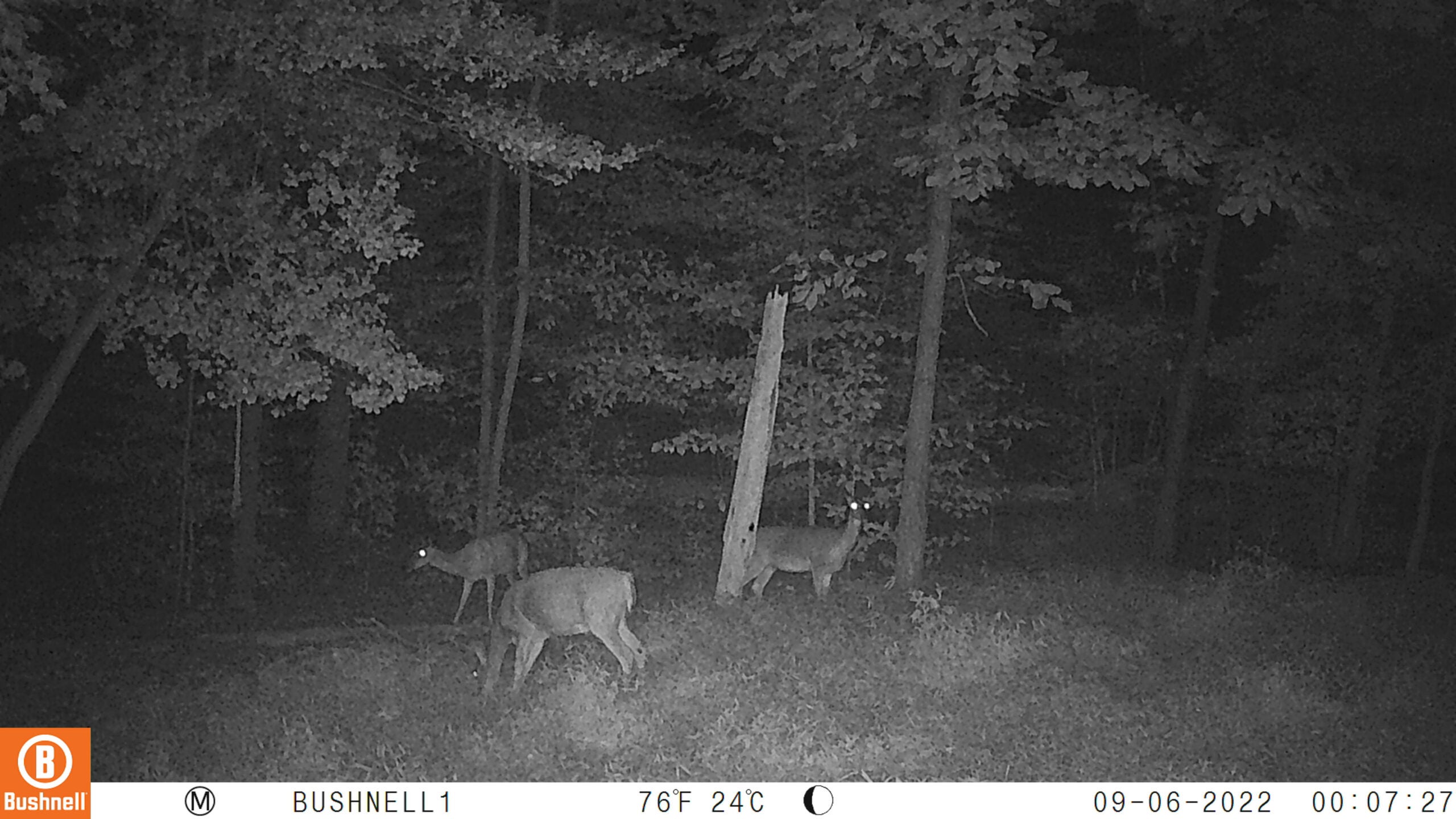
One of the best buys in trail cams is the Bushnell Cellucore 20 with its 20 MP photos, customizable low glow flash, and easy-to-use app.
During the walk-through test, the Cellucore triggered at 10 feet with a perfectly centered photo—day and night. The camera didn’t capture me at 60 or 100 feet during the day, but at night it captured a series of five photos of me walking at 60 feet.
The Cellucore has three flash settings: short range, fast motion, and long range. I used the long-range flash setting during the walk-through test and it illuminated out to 43 yards. The downside of the long-range flash is that close objects will be over exposed. For my in-the-field test, I used the fast-motion flash and it produced evenly illuminated photos with good detail from 5 to 15 yards. It also captured several deer walking without much movement blur.
The daytime image quality was fair with good color and detail as well as no motion blur. At night, the photos had good black and white contrast with even exposure when using the fast-motion flash. —S.E.
Reconyx Hyperfire 2 Cellular
Key Features
- 12 AA lithium batteries
- 0.2 second trigger speed
- Advertised Detection Range: 100 feet
- Made in the USA
- Five-year warranty
Pros
- High quality photos and performance
- Excellent warranty and durability
- Fast trigger speed
Cons
- App crashed
- Camera failed in wet weather
- Records video, but doesn’t transmit through cellular
- Expensive
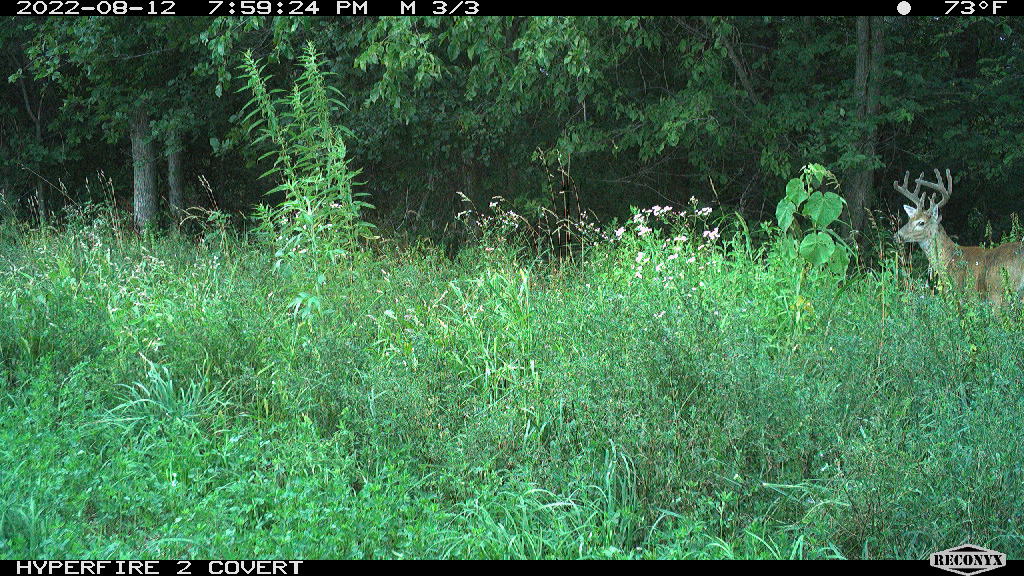
There’s a reason why most professional wildlife researchers who use trail cameras rely on Reconyx: Their cameras are known for reliably delivering high quality images. Hardcore hunters who want that same type of performance lean toward Reconyx, too. This camera performed well in the walk through test, triggering out to 60 feet day and night and also catching me at close range.
Importantly, it was the only camera that truly stopped motion at close range at night (you can see that image below). The other cameras produced slightly blurry images of me walking close-range at night.

At close range, I could hear other cameras firing, and at night I could see a bright red flash at 60 feet (the Stealth Cam being the exception here). This was not the case with the Reconyx. There was no visible flash and there was no trigger noise whatsoever.
Surprisingly, I had issues with the camera in the field. First, the app crashed several times when I started using it. I had to delete the app and reload it three different times. In the app store, I saw several reviews with users complaining about the same issue. Happily, all my photos were saved in my profile and Reconyx seems have to solved the issue. Second, the camera fogged up for a few days during the summer. I received several foggy pictures, and when my buddy went to check on the camera, there was a condensation spot inside the housing. We pulled the camera, I opened it up to dry it out, and set it again. The Reconyx went back to capturing clear images. But then a big snow storm hit our area and the camera went down again, with more condensation inside the body.
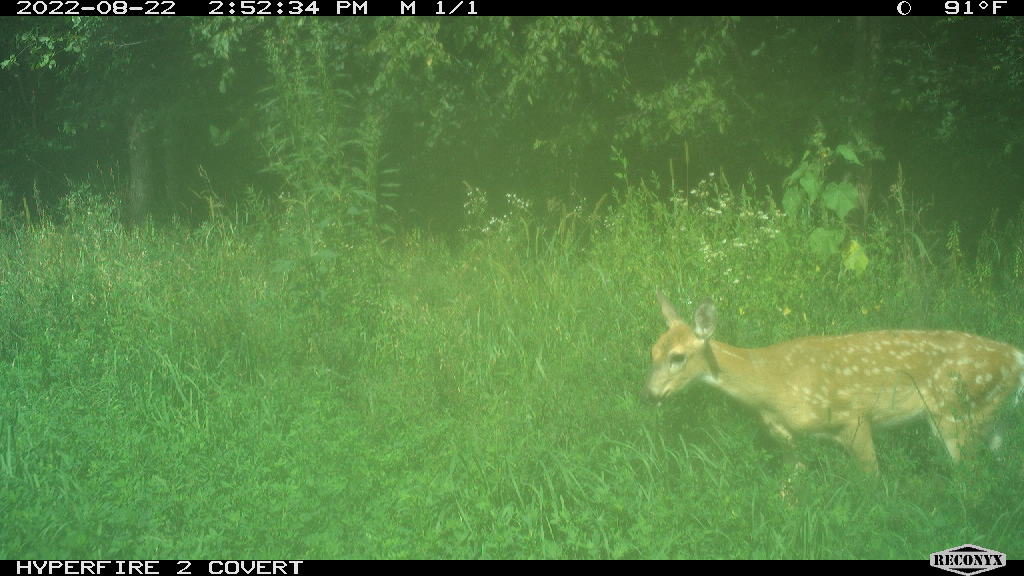
The camera has a five-year warranty, so this would be a fixable issue. I know several hardcore deer hunters who run Reconyx cameras and never have problems. But still, in our testing and review, we had to ding this very expensive camera for its failures in the field. —A.R.
Cuddeback Tracks
Alex Robinson
Key Features
- 4 D batteries
- .25 second trigger speed
- Advertised detection range: 100 feet
- Low glow and no glo options
- Variety of affordable cellular plans
Pros
- Camera is easy to set up and use
- D batteries provide longer life
- Solar compatible
Cons
- Average performance in walkthrough testing
- No video option

Cuddeback is one of the trail camera O.G.s and their new Tracks cellular cam certainly stands out with its two large antenna paddles. Another big differentiator with this camera is that it runs on 4 D batteries instead of AAs, like all the other models in this test. Cuddeback says the D batteries provide more juice and lifespan for the money, which is notable. Anyone who has run a half-dozen or more trail cameras over the course of a deer season knows that batteries and SD cards can get spendy. The Cuddeback is also compatible with a solar panel to provide even longer battery life in the field.
From a performance standpoint, the Tracks camera did OK. It didn’t capture images at 110 feet and it missed me during the daytime walkthrough at 60 feet. Nighttime photo quality was decent. The camera did a great job of stopping motion at 10 feet. However, the images at 60 feet were not crisp. There were stronger performers at this price point, but if you’re a longtime Cuddeback fan and just want one cell cam to get started, this is the camera for you. Initial plans start at only $4 per month. —A.R.
Trail Camera Accessories We Like
- SD Card: Sandisk Extreme Pro
- Batteries: Energizer Lithium
- T-Post Mount: Moultrie Multi-Mount
How to Choose a Trail Camera
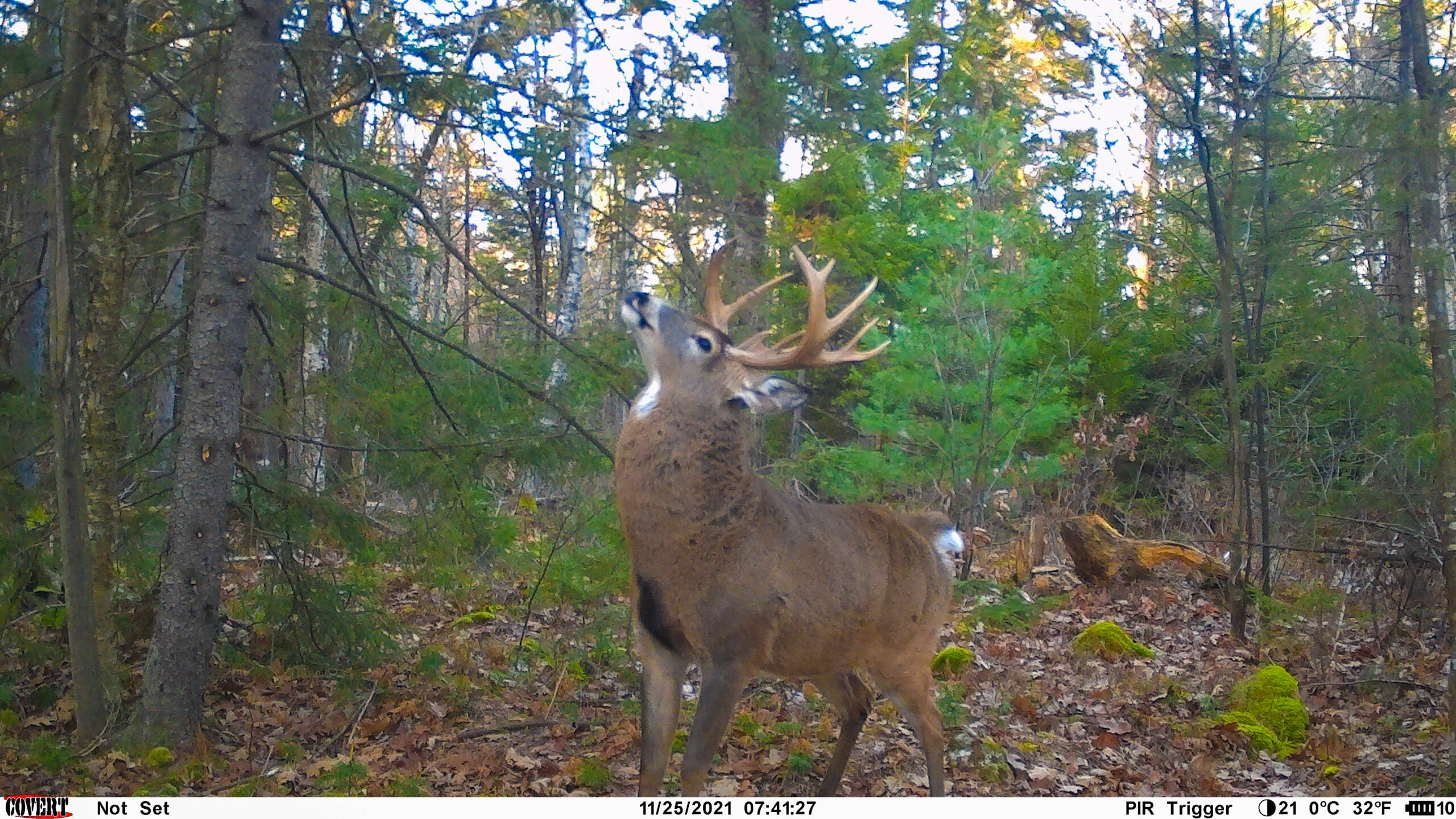
Cell Camera or Standard Trail Cam?
Cellular trail cameras offer the most convenience because you can hang them and leave them in the woods until the batteries die. All while you’re getting near real-time scouting information sent to your phone. That saves time and gas. More importantly you’re not bumping deer and leaving scent by going into the woods to check camera cards. The main downsides are that you need cell service in the location you’re placing the camera, and they come with additional monthly costs. Cell camera plans typically range from $4 to $15 per month, with additional charges for downloading full-length HD videos or hi-res photos. Cellular trail cameras are more tightly regulated with some states allowing standard trail cams but banning the use of cell cams.
Standard cameras don’t have monthly fees and have longer battery life. They also equal cell cams in photo quality. Of course, the main downside is that you have to physically check the cameras, and the data you’re getting is old.
Trail Camera Prices
Just like cameras used for photography a more expensive camera usually produces a better image and has more features. We’ve provided sample photos for each camera to help you see the difference between a $40 Tasco, a $150 Tactacam, and a $600 Reconyx.
Most hunters will either buy the cheapest trail cam and replace them every few years or buy one in the $100 to $150 range. We’ve found that above $200 you start to lose value for the dollar, and running multiple cameras becomes very expensive. There are now several great cameras in the $100 to $150 range.
Trail Camera Flash: Low-Glow, No-Glow or White Flash
There are pros and cons for each type of camera flash. Here’s a quick and dirty break down.
White Flash
We’ve looked into if trail camera flash spooks deer and after talking to biologists and hunters, several of them prefer white flash and feel it spooks deer less often. They especially like the color images provided by a flash. However most of the best trail cameras are not offered with white flash.
Low-Glow
Low-Glow IR cameras produce a visible red glow from the infrared emitters when they take a picture or video at night. The red glow is typically faint, but can be seen when looking directly at the camera. These cameras typically take superior night images compared to the no-glow cams. Many hunters and experts believe the flash can be detected by deer.
No-Glow
No-Glow cameras like the Tactacam and Stealth Cam have black filters over the infrared emitters to hide the red flash. These cameras are sometimes described as black flash cams. No-Glow cams are much less likely to be detected by deer or humans at night, but they typically produce lesser-quality night time images. However, Stealth, Tactacam, and Reconyx have proven to be exceptions to this rule.
Read Next: Best Deer Attractants
Cellular Trail Cameras and Hunting Ethics
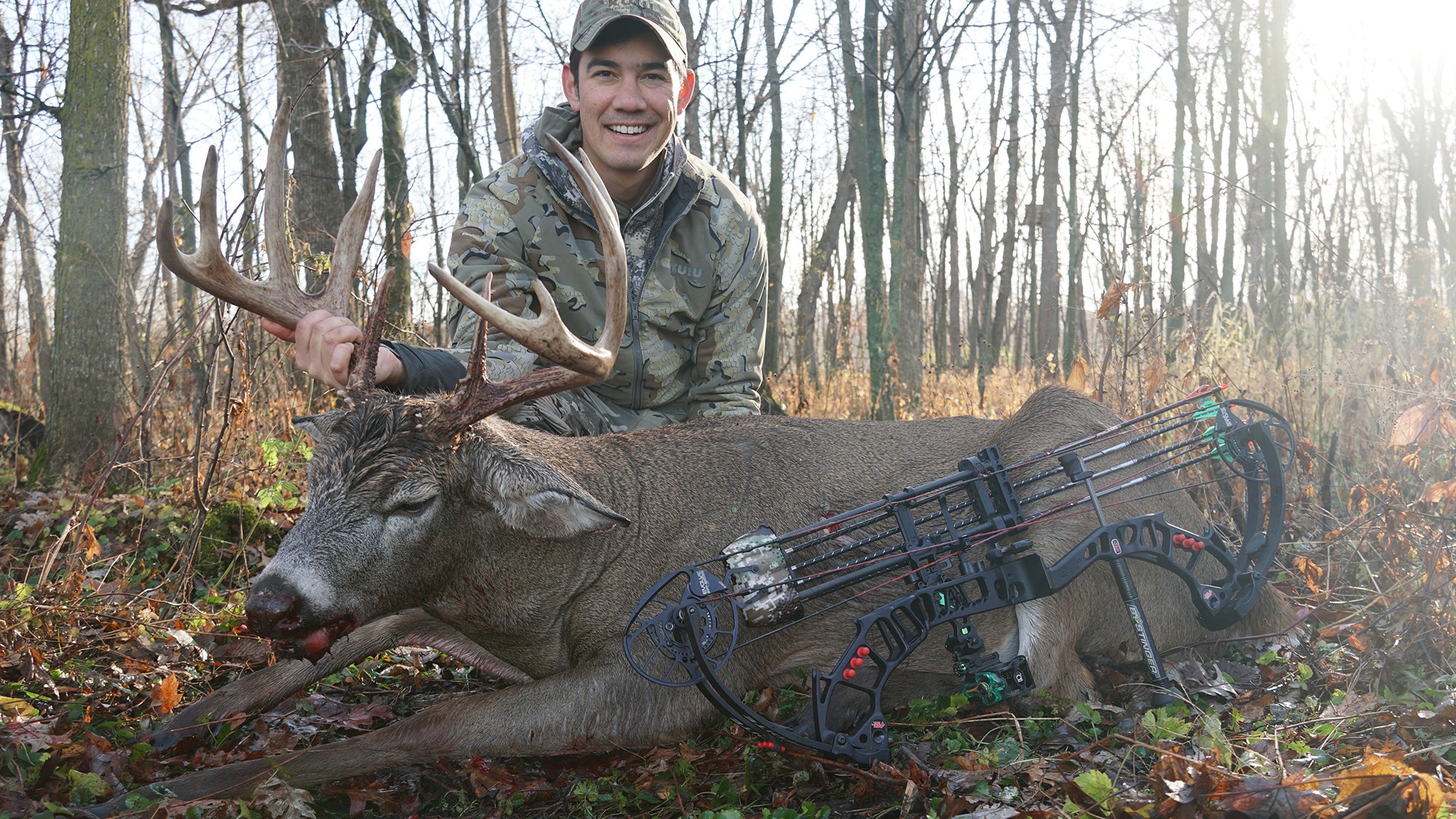
There is some controversy in the hunting community about using cellular trail cameras to hunt big game (make sure to check your local regulations before buying and using a cellular trail camera). Recently, the Boone & Crockett club issued this policy in regards to cell cams: “The use of any technology that delivers real-time location data (including photos) to target or guide a hunter to any animal in a manner that elicits an immediate (real-time) response by the hunter is not permitted. ‘Real time’ is the key concept. Seeing a photo and harvesting an animal a few hours later, or even the same day, uses this technology to assure a kill. It also takes advantage of the animal, which cannot detect impending danger from a camera. Waiting several days, or even until the following season, to pursue an animal captured on camera is different, and would not be deemed an unethical use of a trail camera.”
In reality, I don’t see many hunters using cell cams to capture images of a buck on a food plot or corn pile and then running out there to kill him that moment (though I’m sure it has happened). A more practical, and ethical, way to use this technology is to record consistent data on deer movement and then using those patterns to decide where to hunt. Most of us have limited days to hunt, so picking the prime spot is critical. The best trail cameras help with that.
Final Thoughts on the Best Trail Cameras
Nothing has changed the way we hunt deer more than the invention of trail cameras. We don’t have to guess if deer are in the area or what time they’re moving through because we get a time-stamped photo of the deer as they pass by our trail cam. But trail cameras are notorious for malfunctioning, bugging, and dying in the field. So if you want to get serious about patterning the deer you hunt, do yourself a favor and get one of the best trail cameras.
The post The Best Trail Cameras of 2023, Tested and Reviewed appeared first on Outdoor Life.
Articles may contain affiliate links which enable us to share in the revenue of any purchases made.
Source: https://www.outdoorlife.com/gear/best-trail-cameras/

